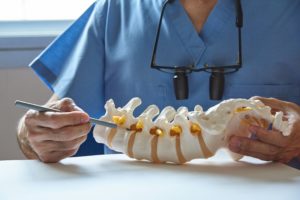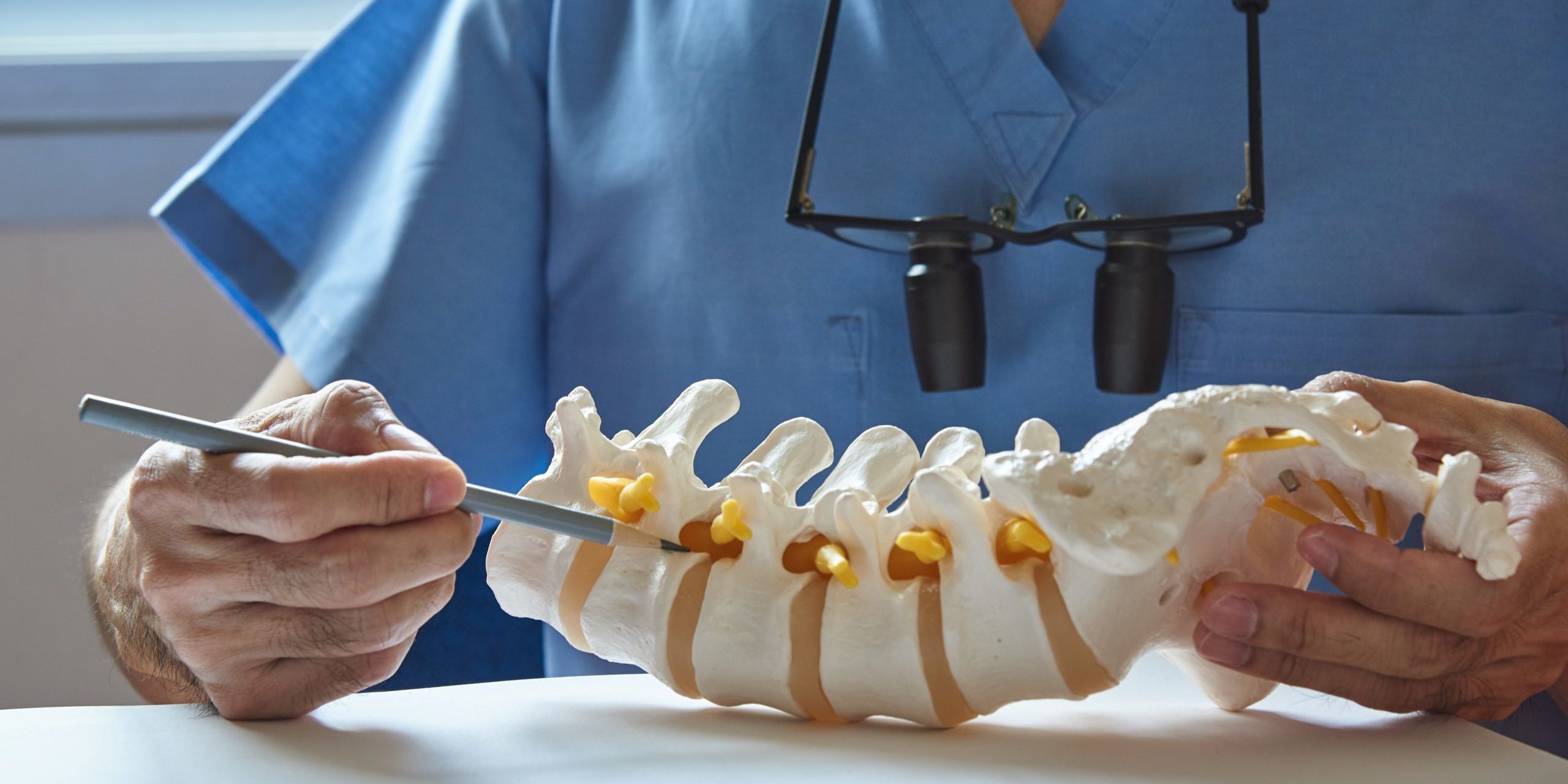 Is your back killing you? You’re not alone. More than 85 percent of Americans will experience back pain at some point in their lives. In fact, it’s one of the most common reasons why people visit their doctor and the leading cause of global disability.
Is your back killing you? You’re not alone. More than 85 percent of Americans will experience back pain at some point in their lives. In fact, it’s one of the most common reasons why people visit their doctor and the leading cause of global disability.
One common cause for back pain is degeneration of the spine joints and discs. As we age and our spine faces everyday wear and tear, the discs can start to break down. A disc is the pad or cushion that sits between two vertebrae and acts as shock absorption for the spine. The disc is made of three parts: the outer anulus, inner nucleus and the surrounding endplates.
Over time the anulus can thin and tear allowing the inner nucleus, which is a gel like material, to dehydrate and become “chalkier” instead of gel-like. These changes allow the disc to get thinner and lose pressure, setting off a sequence of events that alters the biomechanics of the spine. Degeneration can start to show symptoms of back pain as we approach middle-age, but has the potential to affect young people too.
Factors that put you at risk include:
- Age
- Genetics
- Gender (males are more at risk)
- Repetitive lifting and overloading over time (truck drivers, construction workers)
- Environmental factors (obesity, smoking)
- Psychosocial factors (anxiety and depression)
- Poor nutrition
Although degenerative disc disease is present in 90 percent of those over 70 years old, not all those affected experience back pain. Managing these risk factors is key to preventing episodes of pain. The most common symptoms include lower back pain, sometimes accompanied by sciatica or leg pain. Symptoms can be aggravated by simple things like sitting, turning or coughing. Degenerative disc disease can easily be identified by X-rays of the spine and most people get better with conservative care, like physical therapy or chiropractic care.
Stay in tune with your body, and if you feel any of the symptoms below, contact your doctor immediately:
- Change in bowel/bladder function
- Fever
- Trauma
- Saddle anesthesia
- Severe weakness
If you experience back pain and have degenerative disc disease, things you can do to help find relief include exercising, losing weight, quitting smoking, applying heat or ice to the affected area and taking over-the-counter medication. If your pain is not improving, see your healthcare provider.
David BenEliyahu, DC, FICC
Administrative Director, Back & Neck Pain Center at Mather Hospital

